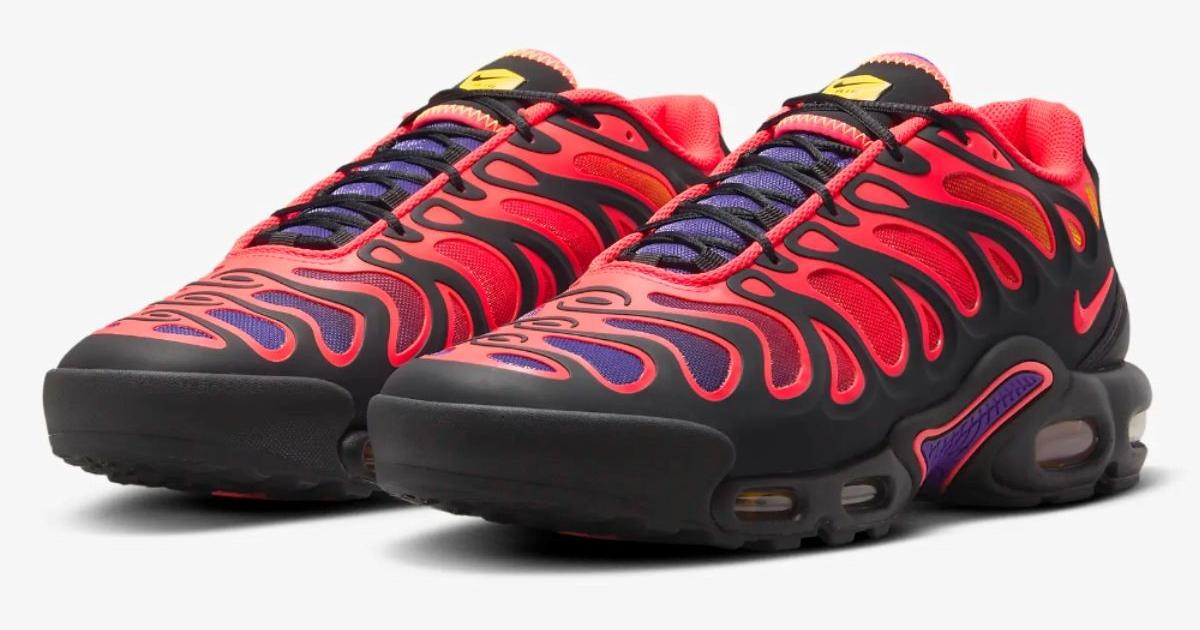Everything looks different this year and the fashion industry, which recorded record low profits in 2020, is no exception.
Given the extreme danger that the industry has faced, there is no simple and standardized plan for 2021. What is clear is that
the COVID-19 pandemic has accelerated numerous industry trends.
, including a decline in demand, a substantial shift towards digital shopping, a renewed consumer focus on social justice and fair treatment of garment workers, a reduced ability to rely on a travel and tourism sector to increase the demand for fashion and the need to adapt to the new consumer mentality "less is more". As fashion leaders work to move beyond the pandemic, the most capable will be those who understand these trends, which are collected in
the McKinsey 2021 State of Fashion Report
, produced in collaboration with The Business of Fashion.
Falling demand
Fashion demand plummeted during the 2020 global lockdowns
.
Formal wear, which was already on the decline, saw even bigger drops
in sales, and sales of dresses fell as more people worked from home and stopped going to events.
A lackluster economy, contained spending power, unemployment and rising inequality are likely to prevent fashion demand from returning to pre-year levels this year.
But in a more optimistic economic recovery scenario, China's fashion sales in 2021 could exceed those of 2019, Europe could also move closer to 2019 (by 2 to 7%) and the United States could lag a little further. (7 to 12 percent).
Companies should seize new opportunities and even double their performance across categories, channels and territories.
Some possible bright spots to look out for: China's luxury segment, athleisure and activewear (based on consumers' constant interest in health and wellness), and casualwear as people continue to work from home.
Less is more, Less is more
Even before COVID-19, the fashion industry's overstocking and widespread sales practice meant that only 60% of garments were sold at full price, creating billions of dollars in revenue and lost margins.
The situation worsened during the pandemic and few retailers were immune.
The problem of overstocking will only worsen if companies fail to adapt to the
new consumer mentality of "less is more", which includes a preference for longer-lasting, higher-quality and sustainably produced goods
.
Fashion executives are responding to these new pressures by putting the reduction of SKUs, that is, the stock keeping unit (inventory in the warehouse in summary) at the top of the agenda.
Other plans to reduce excess inventory include tapping into better customer information analytics and reducing product development time.
Another practice is becoming to bypass the seasonal fashion calendar.
And even
the giants of fast fashion are striving
to orient themselves on the demands of the market with shorter chains, greater sustainability.
Recently the European group
bonprix,
also present in Italy, announced that 75% of the shoe assortment and 95% of the brand's bags have been certified as vegan - therefore marked with the appropriate label {- by PETA, the largest international animal rights organization with over 6.5 million supporters worldwide.
And for some years now it has been using plant materials, such as Lyocell, Tencel or Modal, for its products, creating sustainable collections with garments made of organic cotton, PET bottles, recycled polyester, Lenzing and Ecovero, currently the most ecological viscose fiber on the market.
Recycled materials are also often used to make accessories and other components: buttons and zippers contain recycled polyester, which helps to save water, energy and chemicals during production.
Digital Sprint
With the global pandemic keeping people at home, 2020 may be remembered as the year that fashion retail definitely moved online.
As brands have embraced live streaming, virtual customer service, and social shopping, digital adoption has soared.
Years of progress were achieved in just a few months.
Offline retail may regain some of its market share this year, but online sales are expected to remain high.
And shoppers will demand ever more sophisticated digital interactions.
2021 will be the year that fashion stars embrace and optimize the online experience and channel mix, finding ways to integrate an authentic human touch.
"Retail isn't dead, but boring retail is dead,"
an executive said.
The trend is towards more live streams, virtual brand clothing for avatars and collaborations between fashion and video game companies.
Social justice
The conversation on sustainable fashion is now moving beyond the industry's impact on the environment: issues related to social justice and human rights are gaining greater share of voice.
With apparel workers, sales assistants, and other low-paid workers at the end of the COVID-19 crisis,
consumers are becoming more aware of how vulnerable employees are in the fashion value chain.
.
And about two-thirds of consumers told us they would stop or significantly reduce shopping at a brand if it didn't treat its employees or suppliers fairly.
While it is still unclear whether such attitudes will translate into tangible changes in buying behavior, some signs are beginning to emerge.
One example was the participation of thousands of consumers around the world in the
#PayUp
campaign
, calling on brands that had not pledged to pay vulnerable workers during the crisis for the work they had already done.
Social media and the rise of Generation Z as consumers are likely to make this a long-term trend.
So now is the time for authenticity and action - brands need to engage meaningfully with unions, workers, nonprofits, and workers' rights watchers.
Travel interrupted
From travel retail to destination shopping, the fashion industry has much to gain from global tourism and has benefited from the latter's strong growth for a decade.
But then the pandemic hit, international travel slowed considerably, and retailers in major shopping malls have experienced significant losses since then.
The scenario modeling by McKinsey and Oxford Economics suggests that from 2021 onwards, the travel industry will go through three post-crisis phases: pandemic recovery, economic recovery and a new normal, with timing and pace of recovery varying by region.
International tourism may not return to prepandemic levels before 2023 or 2024. This means that fashion companies should focus on local customers and strategic investments in rapidly recovering markets like China.
Executives should also start planning for a post-COVID-19 world by making sure they are able to capitalize on the excitement that could be unleashed when the pandemic ends.







/cloudfront-eu-central-1.images.arcpublishing.com/prisa/VY6D2RW27ZBKTMU2EPTB4IGVCA.jpg)







